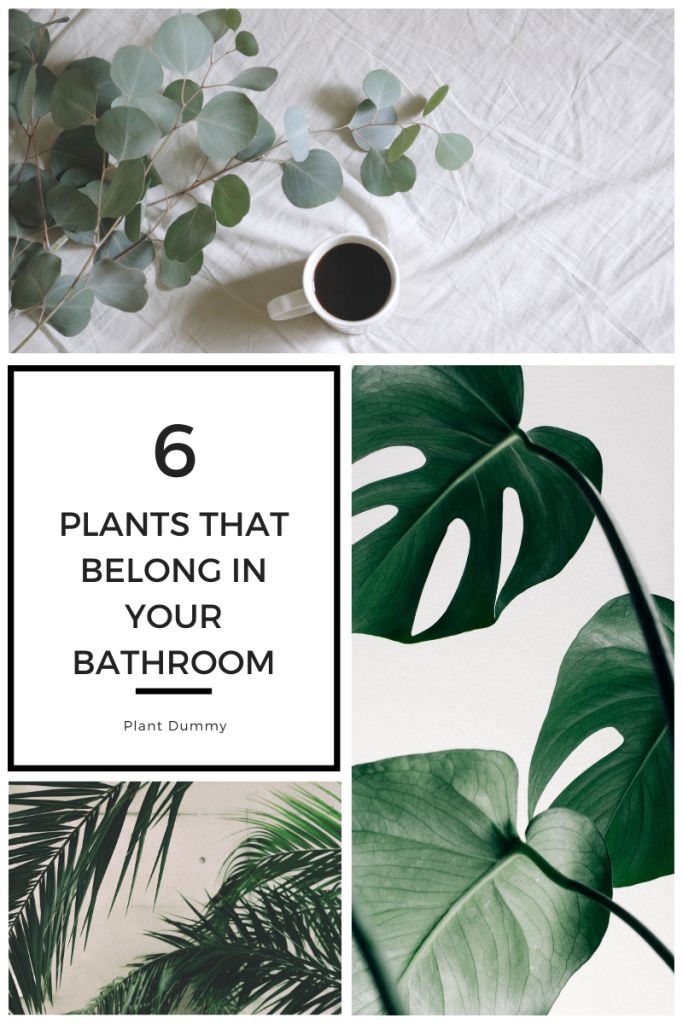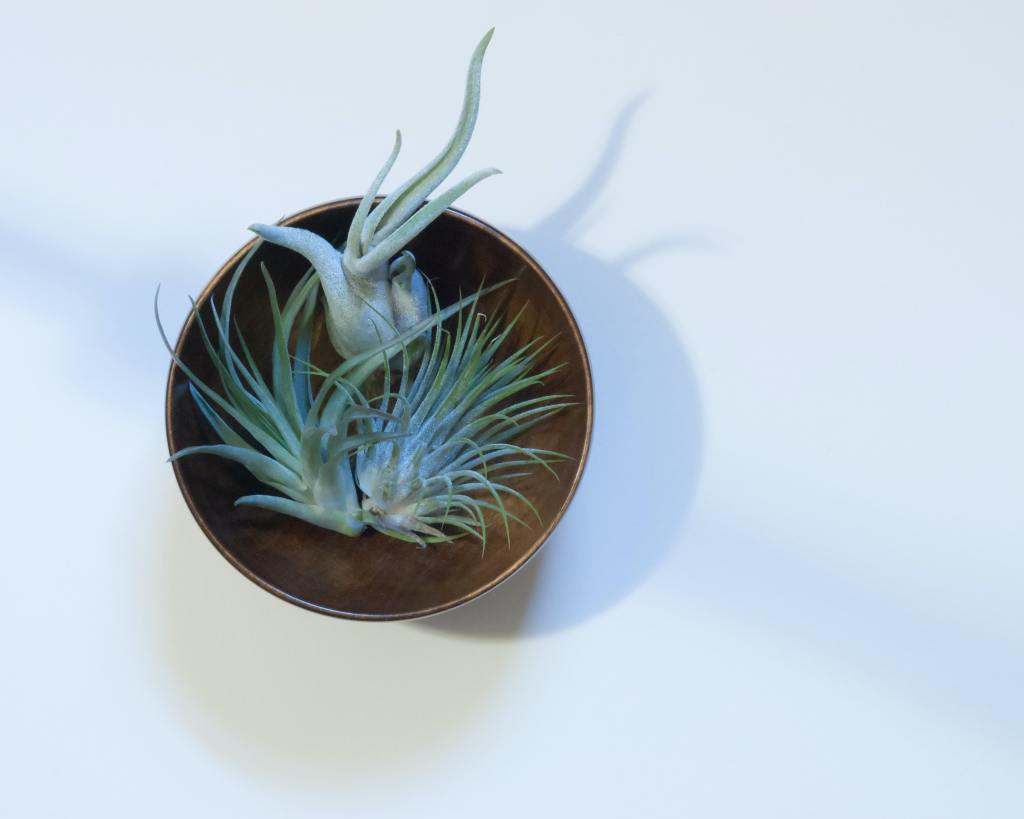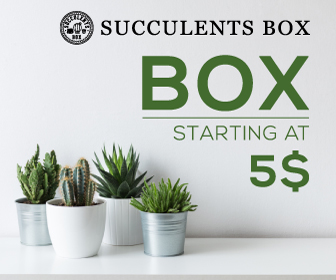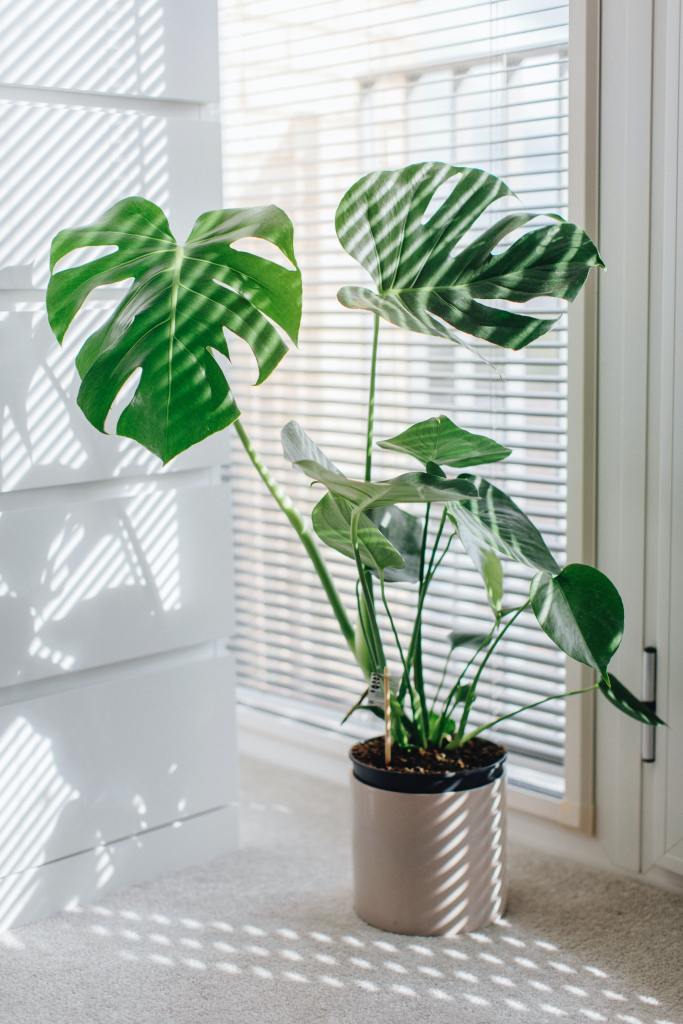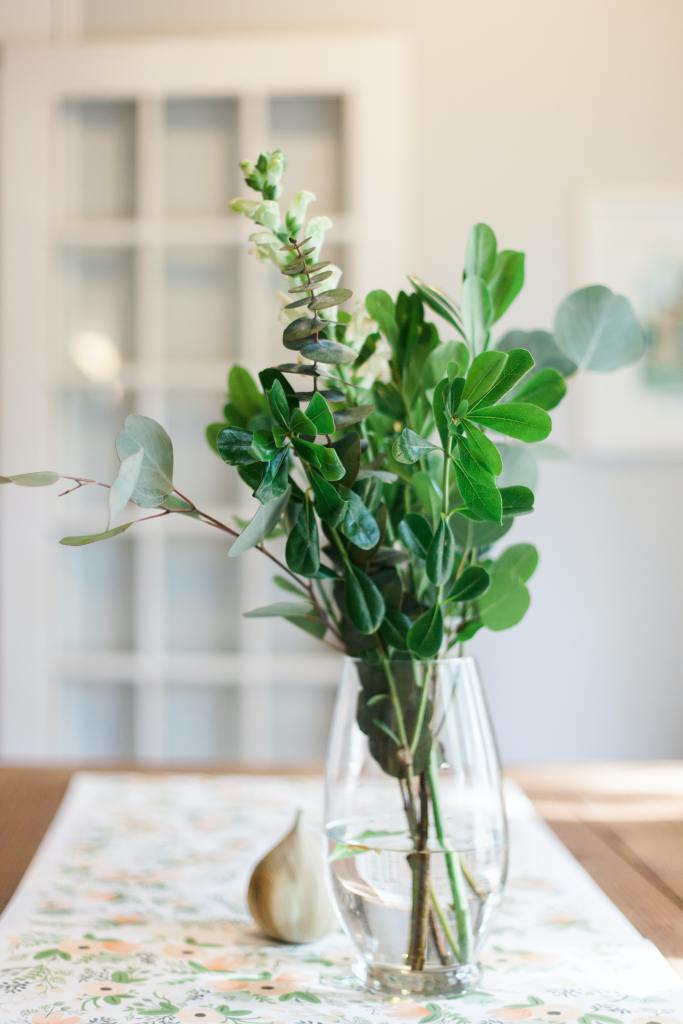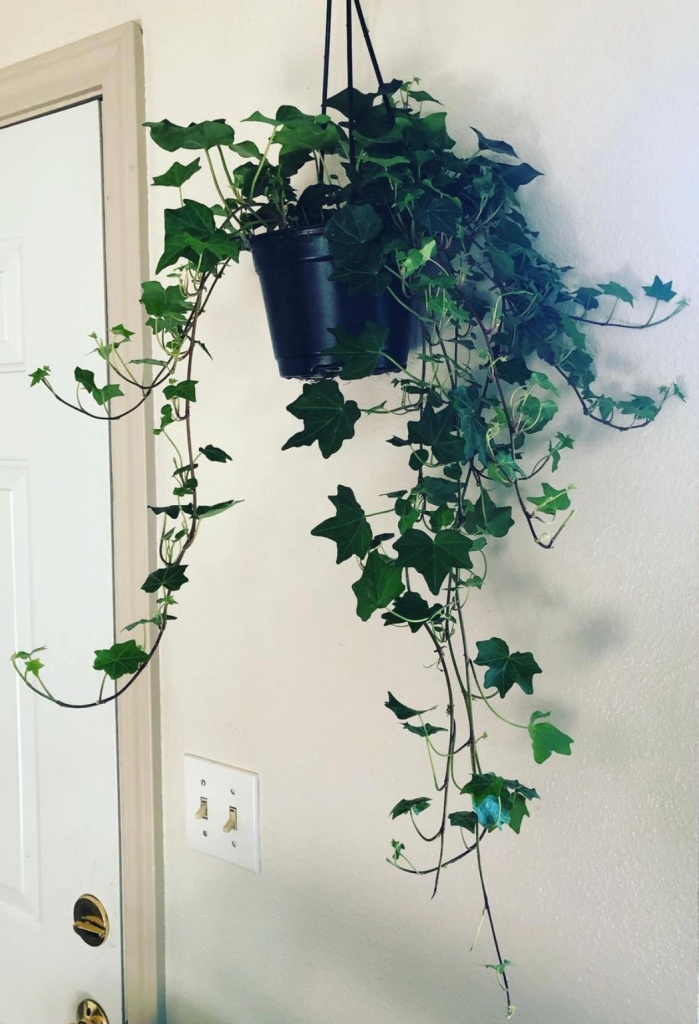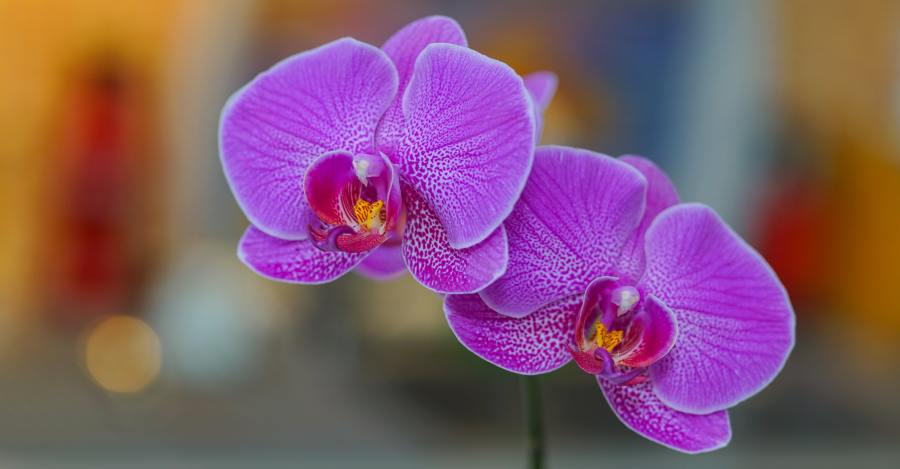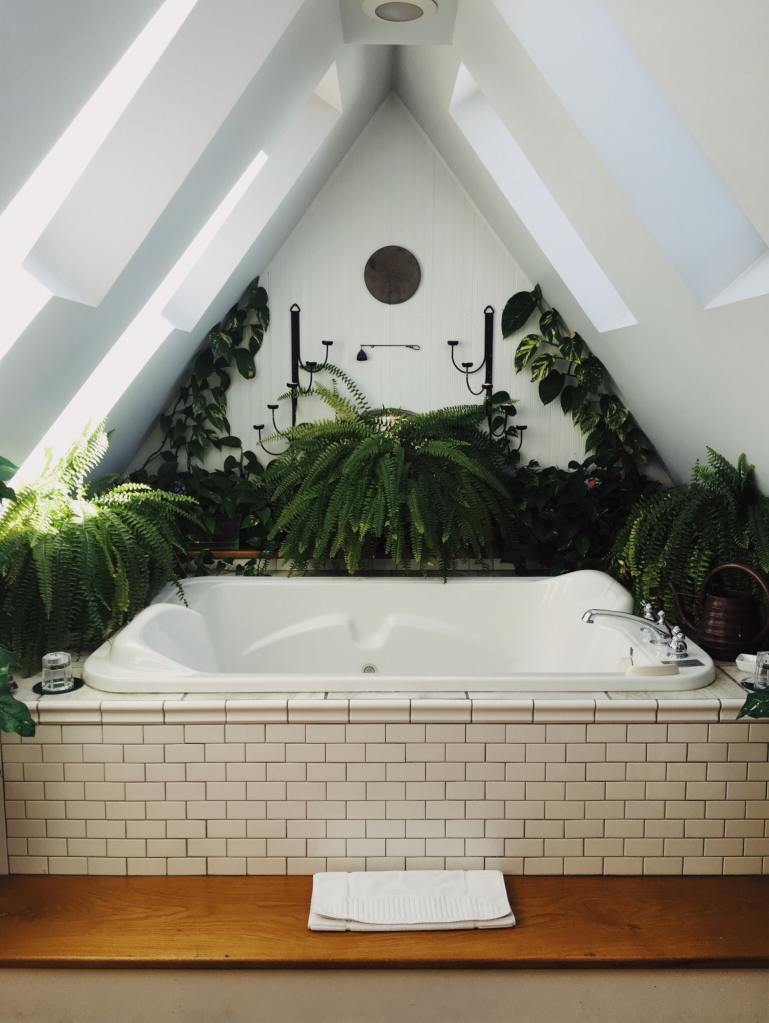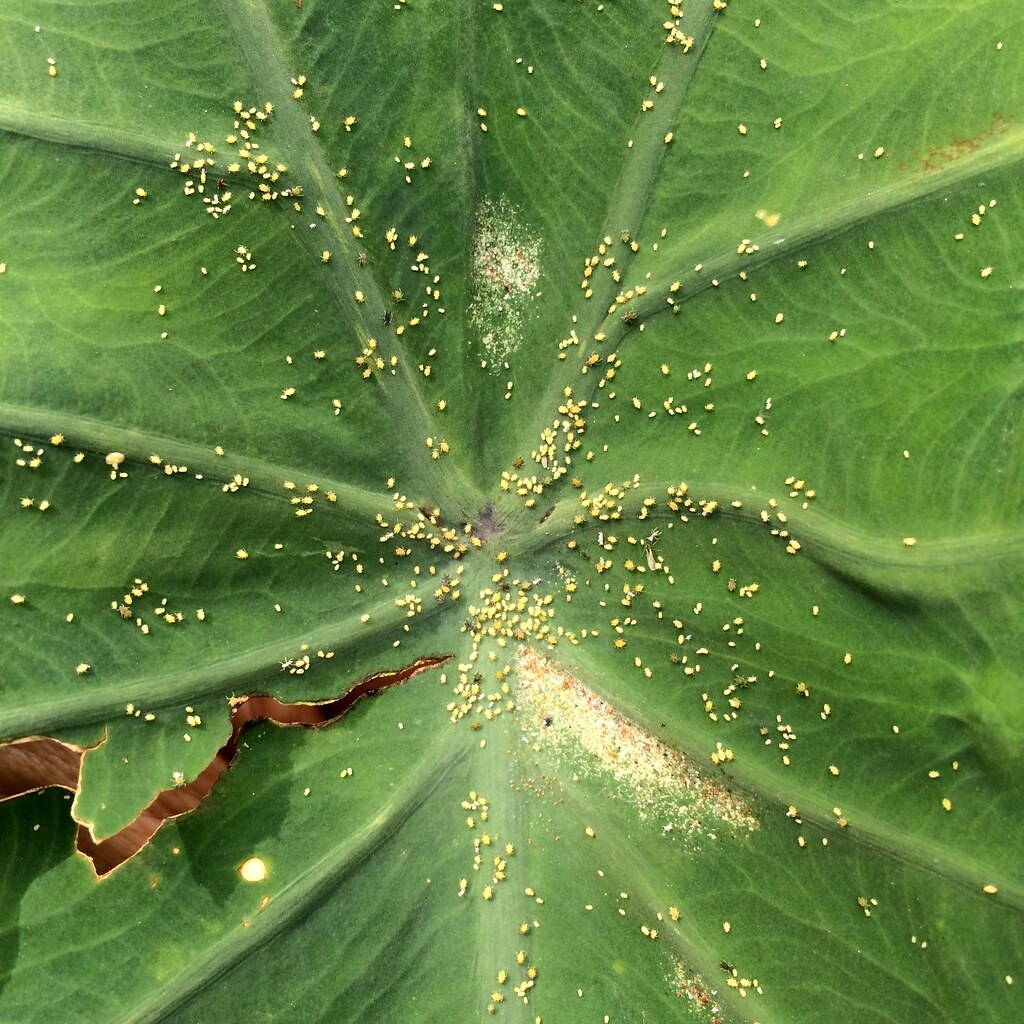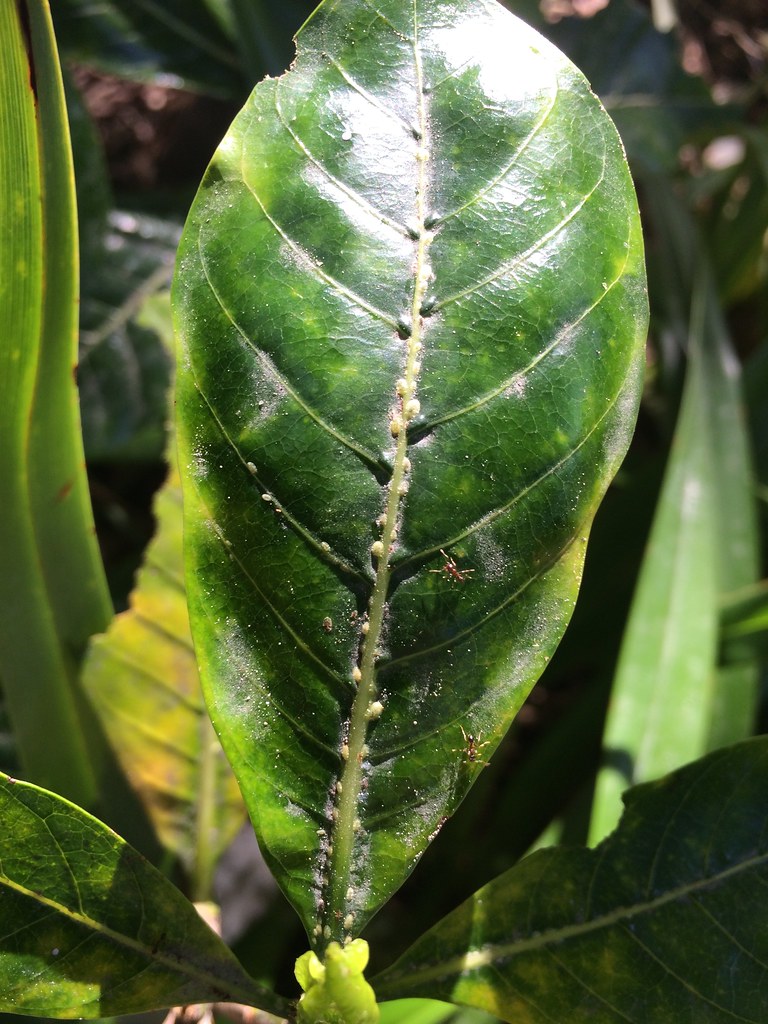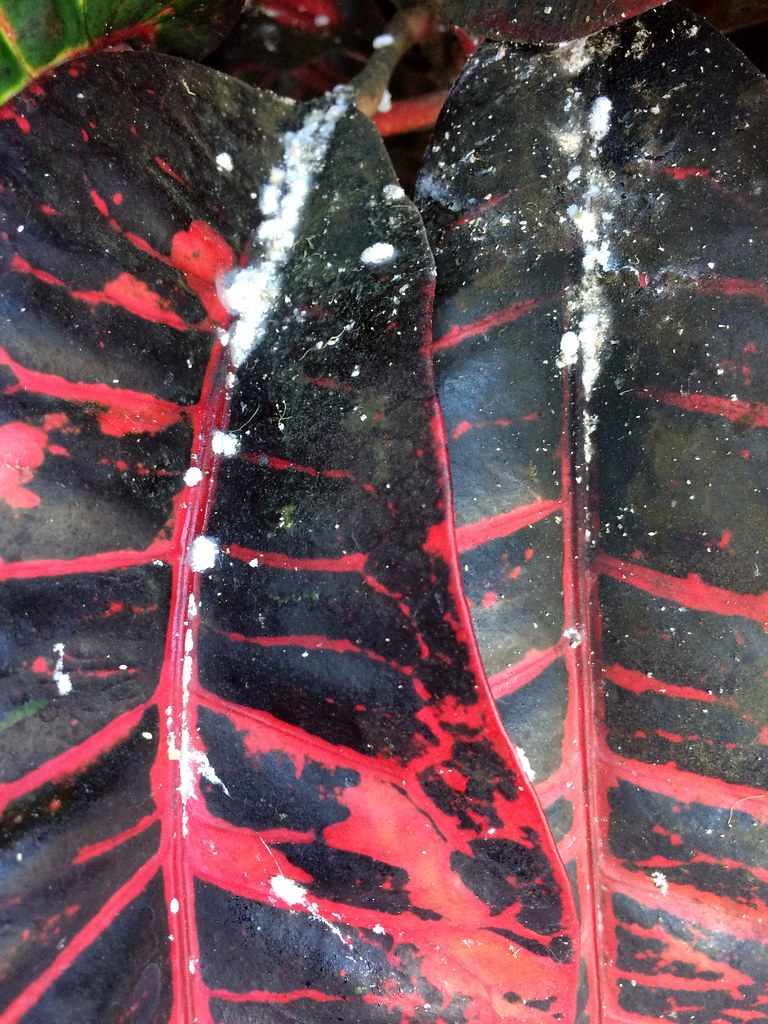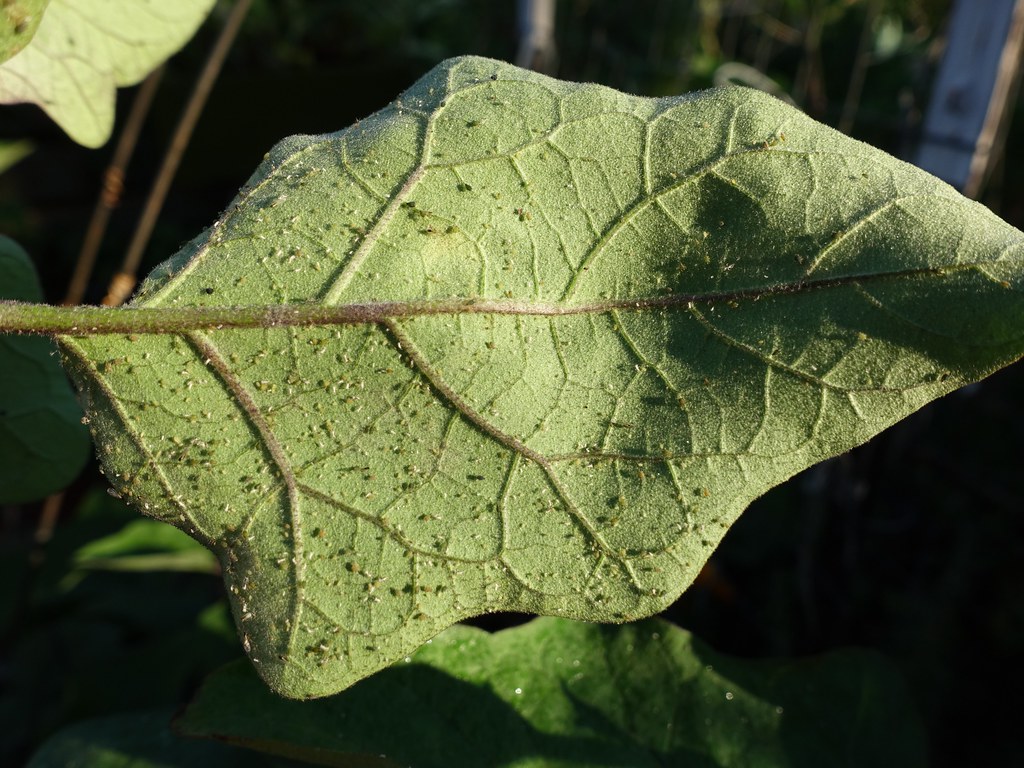You may think that you just aren’t meant to be a plant owner. Perhaps you end up killing your plant every time you try to have a green thumb. Consistently asking yourself “how can I keep this plant alive?” while cursing into the air. Or maybe you just picked up a plant and want to know what you should do.
You may think that you just aren’t meant to be a plant owner. Perhaps you end up killing your plant every time you try to have a green thumb. Consistently asking yourself “how can I keep this plant alive?” while cursing into the air. Or maybe you just picked up a plant and want to know what you should do.
I started out thinking I was horrible with plants. That I could never be the person with a bunch of beautiful hanging greenery in my living room. Always thinking “how much do I water?” or “does this orchid need nutrients?”
I started out thinking I was horrible with plants. That I could never be the person with a bunch of beautiful hanging greenery in my living room. Always thinking “how much do I water?” or “does this orchid need nutrients?”
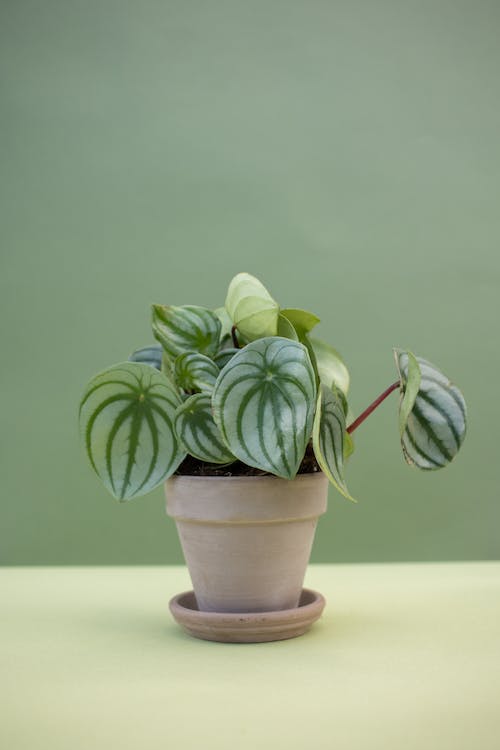
I’ve also talked to so many different people who just stopped trying because it seemed like too much.
So unless you are buying some rare finicky plant. You can do it. Have you ever thought you may be doing too much?
Stop Watering Your Plant Every Day
If your first step to plant care is watering it every day. STOP… Your plant most likely does not need to be watered every day. In fact, I can get away with watering some of my plants once a week or week and a half.
I know it’s time to water when the soil is dry. At least this goes for a lot of my plants. I treat my Monsteras, ferns, Alocacias, and other like this. They sometimes look a little thirsty and I make sure to soak the soil completely with water to fill that need.
Heck I have some String of Pearl, and two orchids that are healthy by just being in the bathroom shower mist.
My point is that; your plants will tell you when they need water. They won’t just die instantly.
On the other hand… If you water your plant too much it can lead to root rot, and fungus growth which can be a pain to get rid of.
A lot of people think that you need to water every day. Just avoid doing it. Set a reminder on your phone or something to check the soil dryness twice a week to start off.
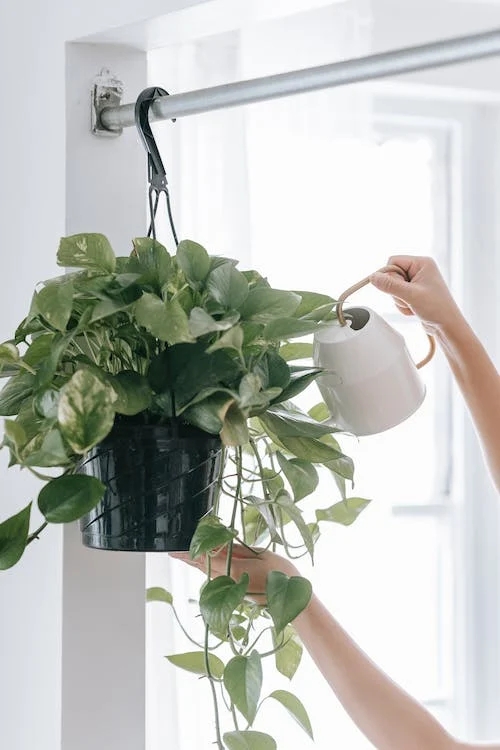
Here is my article about overwatered plants in case you suspect it has been overwatered.
How To Know When Your Plant Is Overwatered: What To Do.
Another common issue with overwatering is dealing with powdery mildew which I wrote about below.
Identifying Powdery Mildew: Treat in a natural way
Let there be light
If your plant is recommended to have indirect light. It doesn’t mean keep it in the shade or closet. You can put your plant behind light curtains, or in the open. Just don’t let it get blazing direct sunlight all day. I have been able to tell when my plants get too much sun usually when the ends of their leaves get a bit crisp.
Don’t be afraid to find a spot that your plant loves.
I have one plant that hated to be moved. Every single time I moved it, the leaves would droop and it would look sad. Until I found the spot for it. It took some experimenting but it was worth it and now it’s thriving.
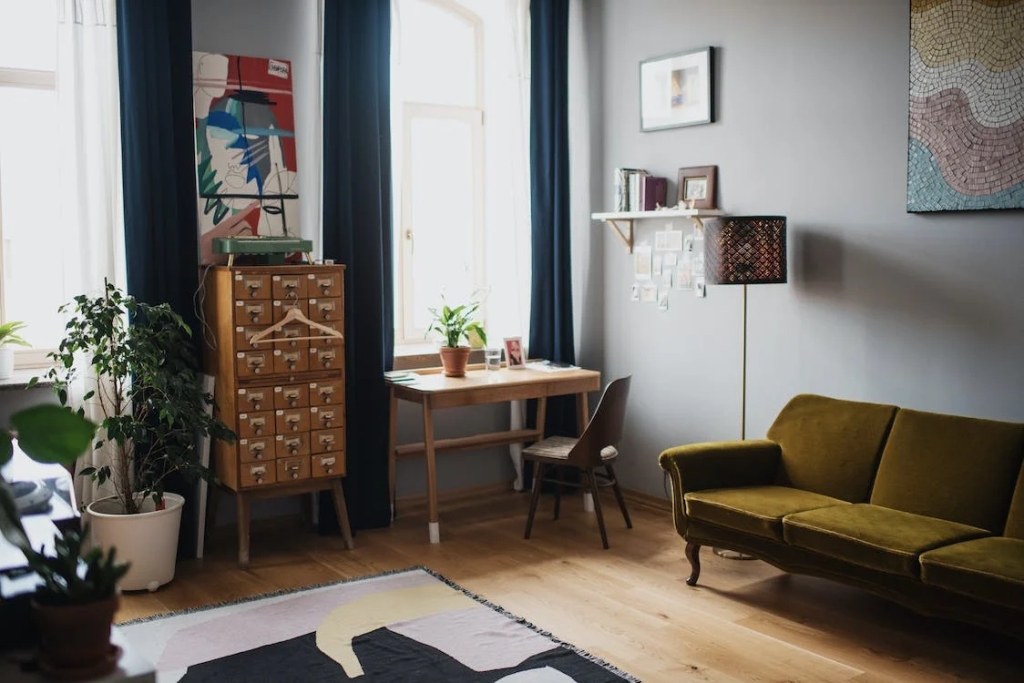
Don’t give up on your plant
You may be asking yourself “is this plant ever going to come back to life”. I say, give it as much of a chance as you can.
I had an alocasia in the corner of my office. It started dripping black stuff out of it’s leaves. Every part of it looked dead besides the little stem that was poking out. I didn’t water that plant for months. It was in the worst unlit area of my office.
One day I walk in, and what do I notice? About 5 little things poking up from the soil. Over the next few days, they grow exponentially.
I have no clue how that plant survived but it is a miracle plant, that survived against all odds.

My point is. Don’t give up on your plant until it gives up. Because it may just be your own miracle plant.
Have fun, Don’t get discouraged
Being a plant parent shouldn’t be a stressful thing. Plants are supposed to make your space look comfortable, and relaxing. Don’t get upset if it doesn’t work out the first time.
Start out small, don’t go overboard. Once you know how to take care of one or two plants, get another.
Don’t be afraid to experiment. Whether it’s with different areas in the house, or perhaps supplemental lighting. If your plant doesn’t like what you are doing, it will tell you. And then experiment some more. If worse comes to worse, you have to get another plant and try again.
But please… Stop overwatering your plants as the first sign of an issue.
